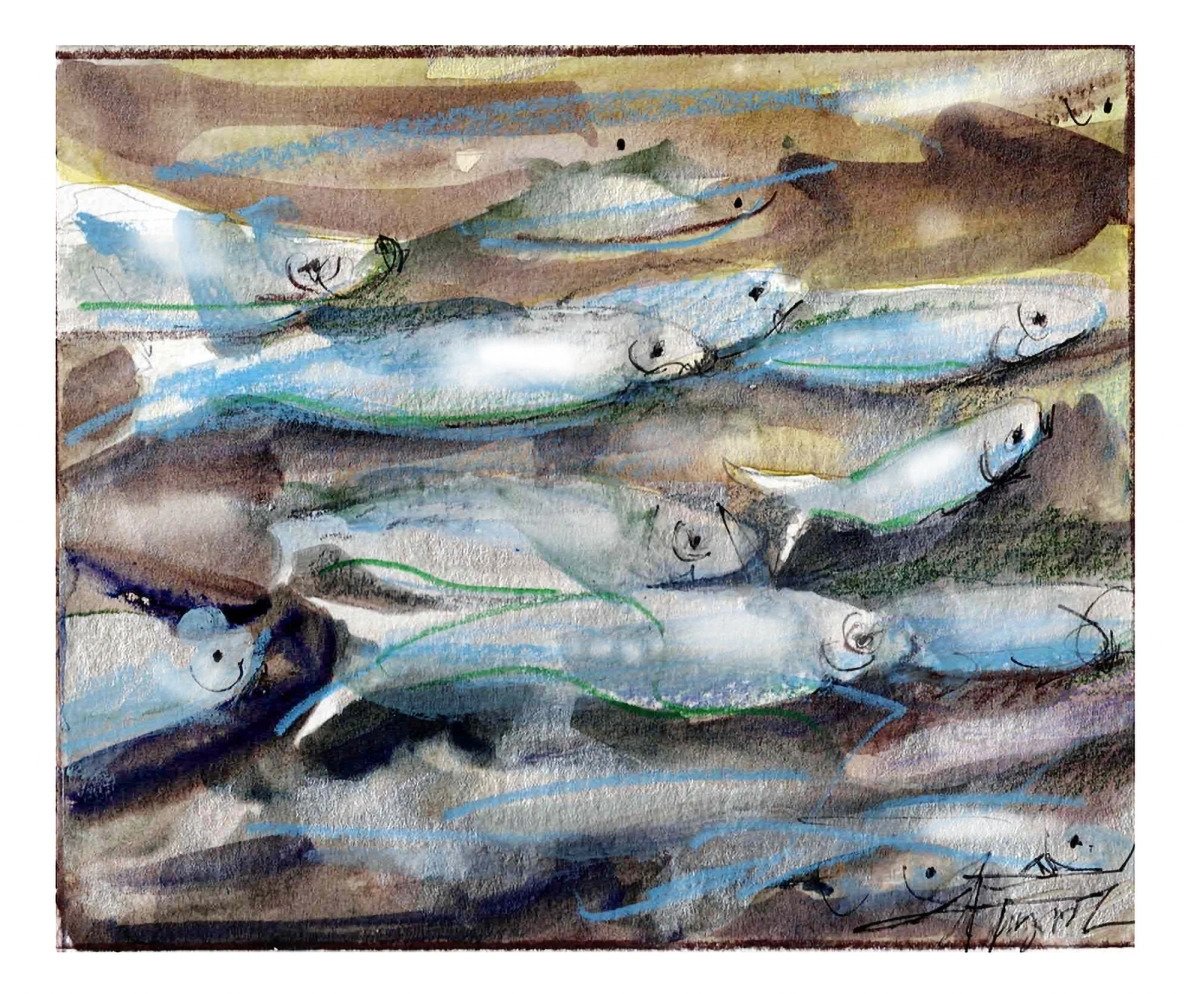
The spring alewife run goes against the flow
One of the most exciting rites of spring is the alewife run, an annual event where throngs of fish race upstream from the ocean to inland water bodies on a reproductive journey.

State issues guidance, reminders for backyard burning as fire season begins
Spring outdoor cleanup often means burning, and state officials with the Departments of Environmental Conservation and Forests, Parks and Recreation remind Vermonters to follow a few guidelines for backyard open burning to protect the environment and public health and safety.

Mosquitoes in the rain
For tiny flying insects, such as mosquitoes and their relatives, rainfall is a completely different experience than it is for other animals. What happens to insects when being hit by a raindrop is a full-body mid-air collision?
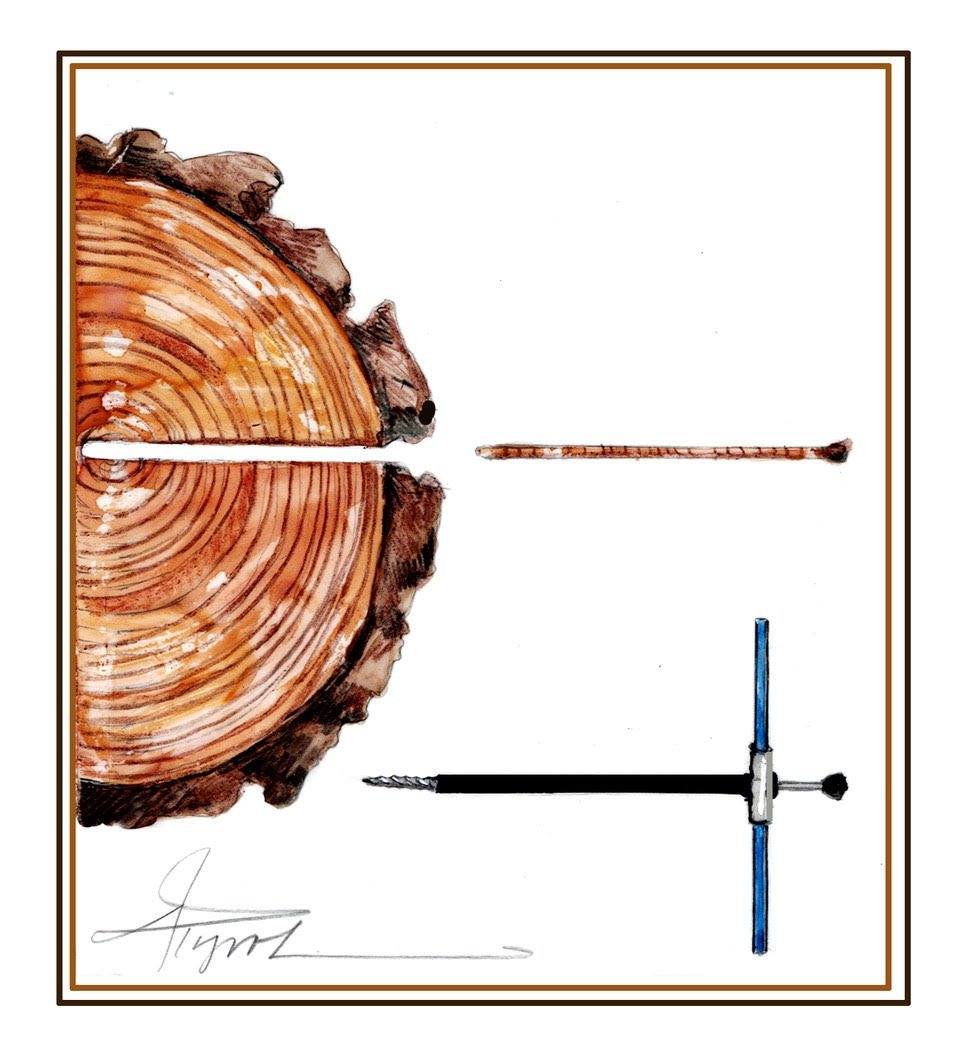
How growth rings chronicle the seasons
To examine growth rings without cutting down or permanently damaging a tree, researchers drill perpendicular to the trunk and extract narrow, pencil-sized cores.

Hepatica: Ephemeral or evergreen?
As the days get longer and the sun warms the forest floor, hepatica flowers emerge. These charming early bloomers captivated the writer and naturalist John Burroughs, who extolled their “winsome grace” in his poem “Hepatica.”

Ferns and other fantastic fractals
Fractals can be observed in the spatial arrangements found in many familiar forms, patterns, and shapes in nature: from the branching of trees, ferns, river systems, and lightning, to the patterns found in leaves , seashells, snowflakes, and hurricanes.
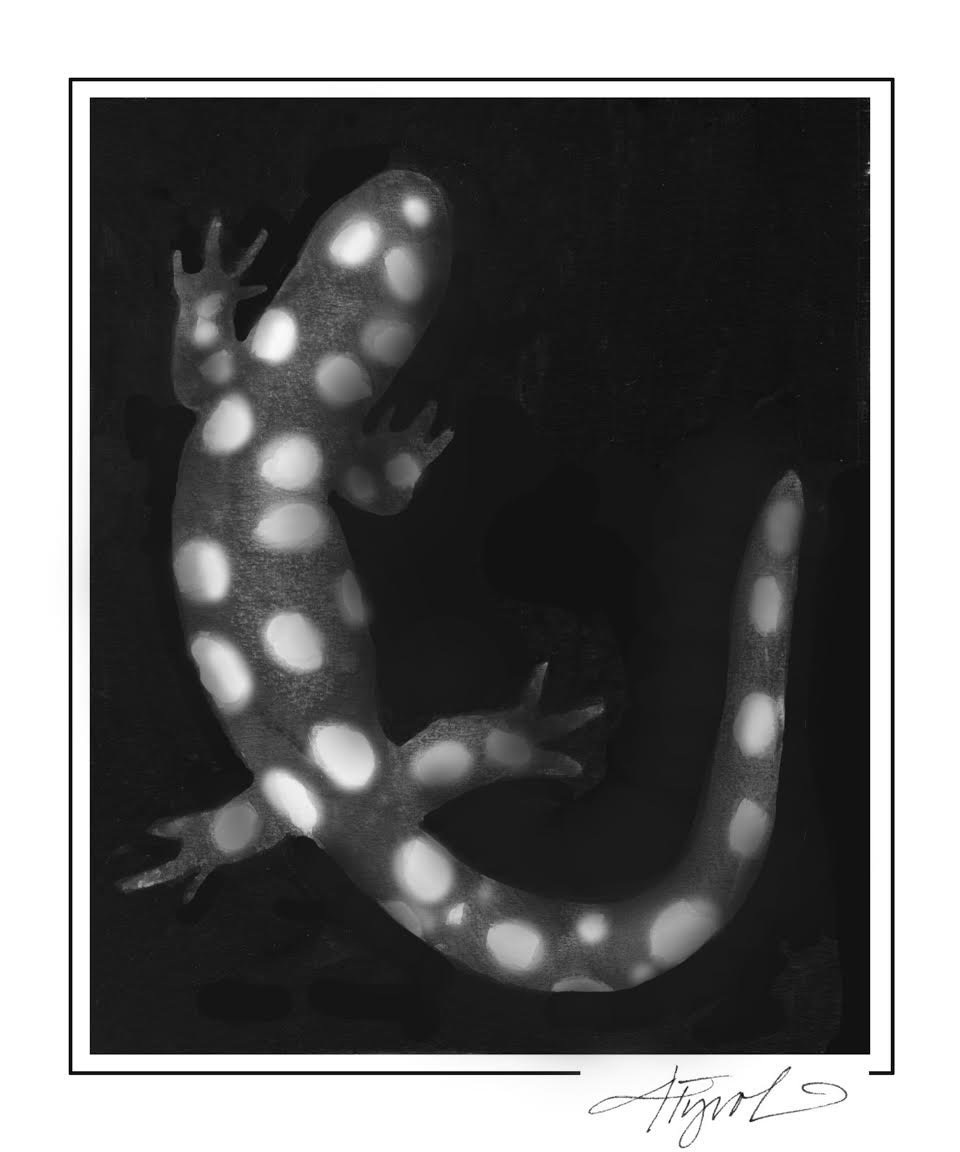
Vernal Pools: Amphibian nursery, predator buffet
When the winter snow melts and the spring rain begins, vernal pools appear on the landscape. These ephemeral wetlands form in depressions in forests or ridge lines and offer essential breeding habitat to amphibians and invertebrates, including wood frogs, spotted salamanders, and fairy shrimp.

Early birds get the nests
As the frost line retreats northward in the early spring, its withdrawal is often closely followed – and occasionally preceded – by the arrival of our most common flycatcher: the eastern phoebe.
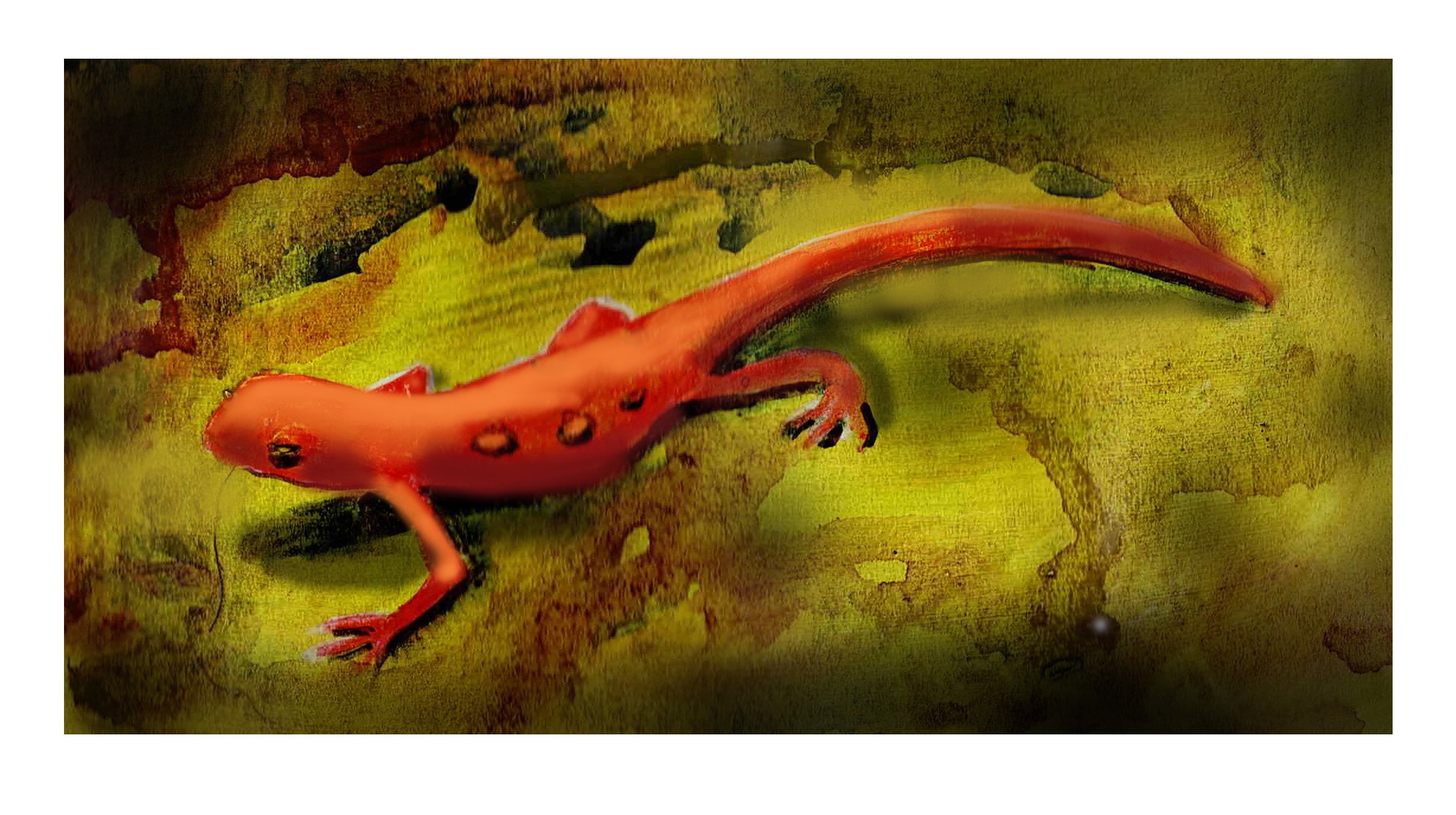
The many lives of the eastern newt
You’re probably familiar with the basic amphibian life plan: start as a wriggly water-breathing tadpole, transform into an adult that breathes air. Enter the eastern newt, an amphibian with threedifferent forms, whose ability to transform its body and lifestyle makes its peers look like amateurs.
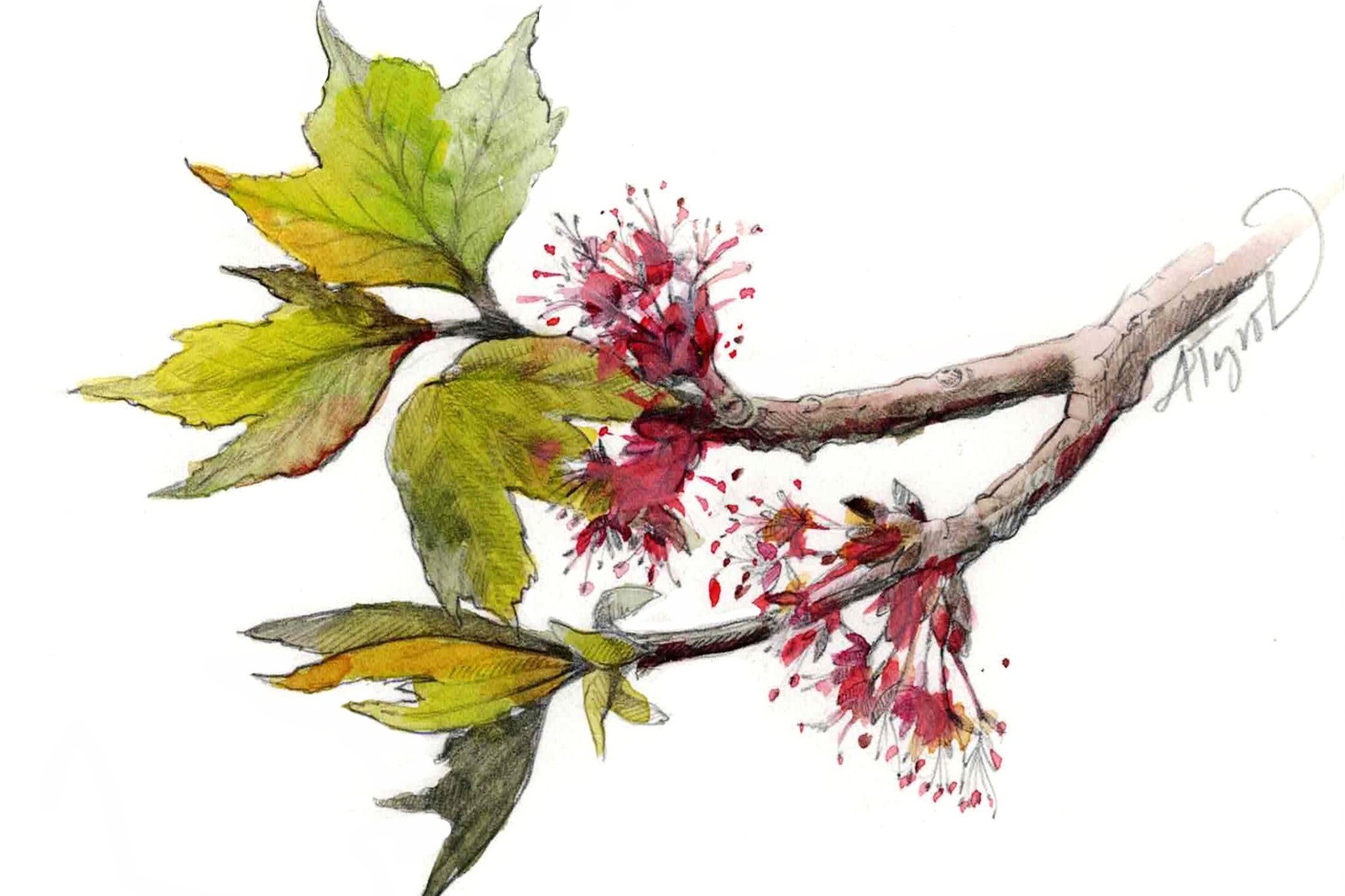
Red, silver: A tale of two maples
In early spring, a reddish haze appears in the woodlands. With most deciduous trees still dormant, the red maples are living up to their name.
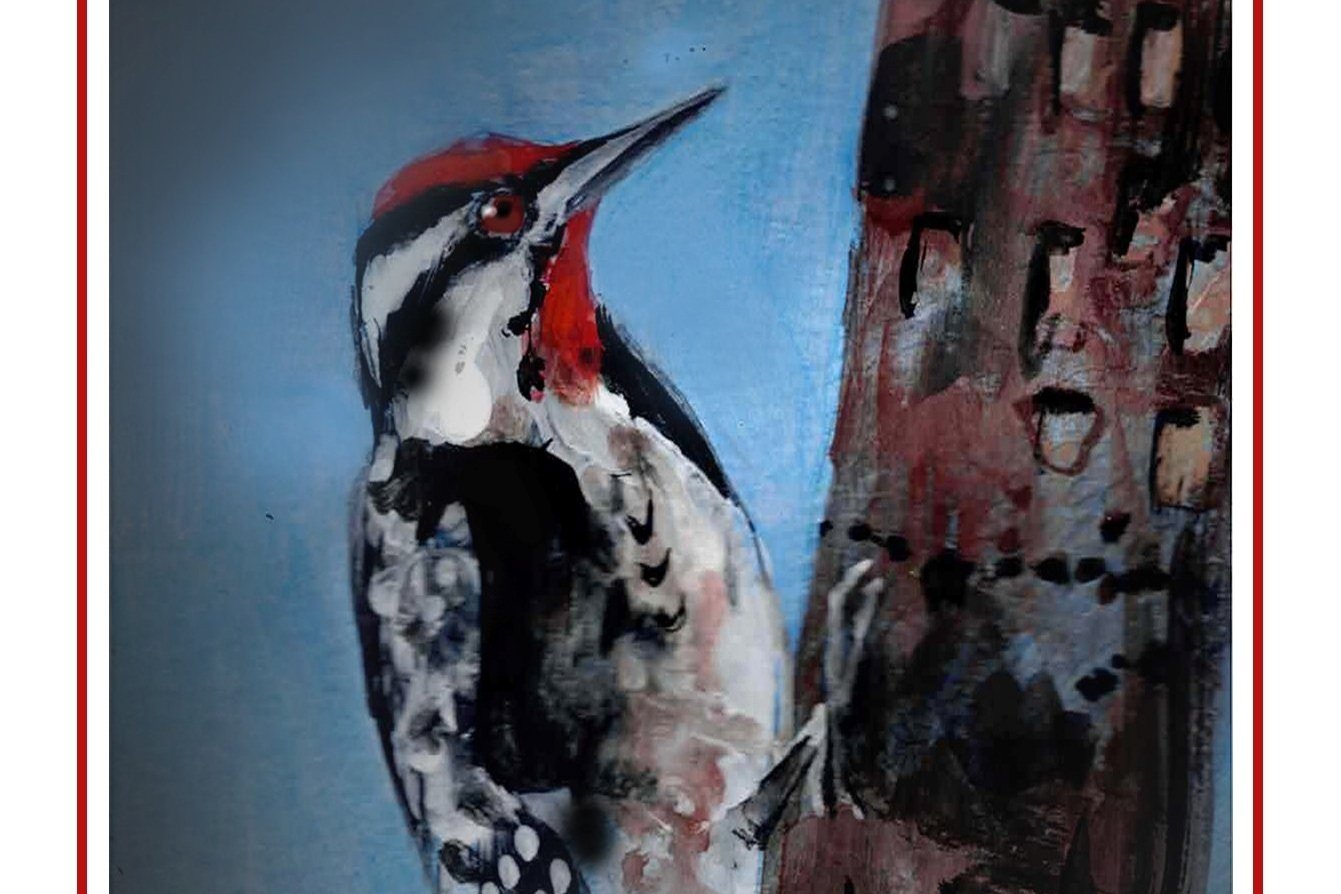
Surprising sugarmakers in the late winter woods
As steam rises from sugarhouse cupolas and early morning coffee pots, sugarmakers are working overtime to turn maple sap into golden syrup. But as it turns out, they aren’t alone: other living things are sugaring too, and their stories affect the syrup that is poured on your pancakes (or into your morning coffee).
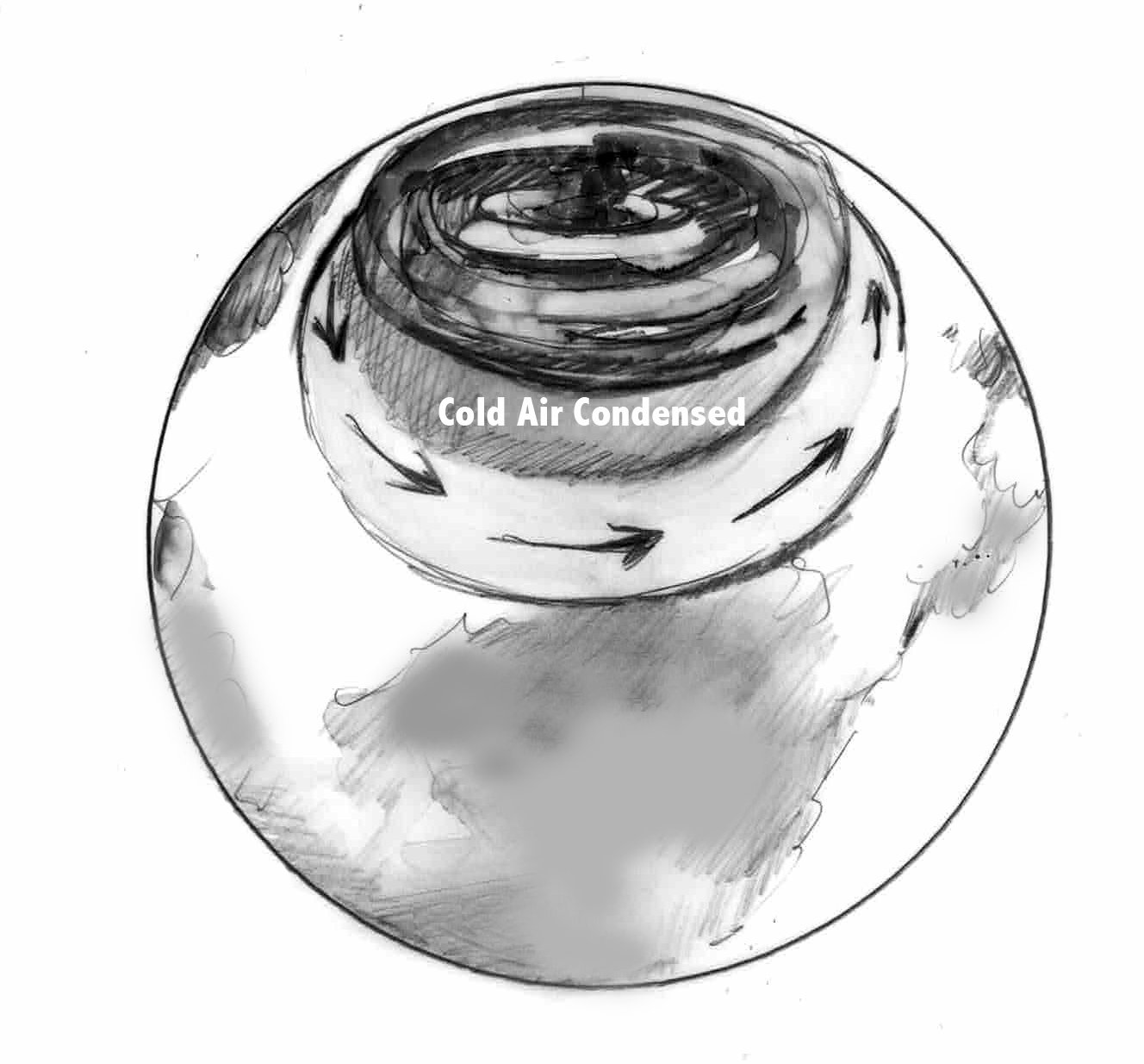
Survival in the cold: Lessons of the polar vortex
The new year ushered in an arctic blast that has only recently let up. This extreme plunge in temperature is referred to as a polar vortex.

Blood Moon goes dark on March 14
The total solar eclipse on April 8, 2024, grabbed headlines and dazzled millions, and now 2025 has a total eclipse of its own, albeit of the lunar variety taking place while most humans in this time zone are usually sleeping.
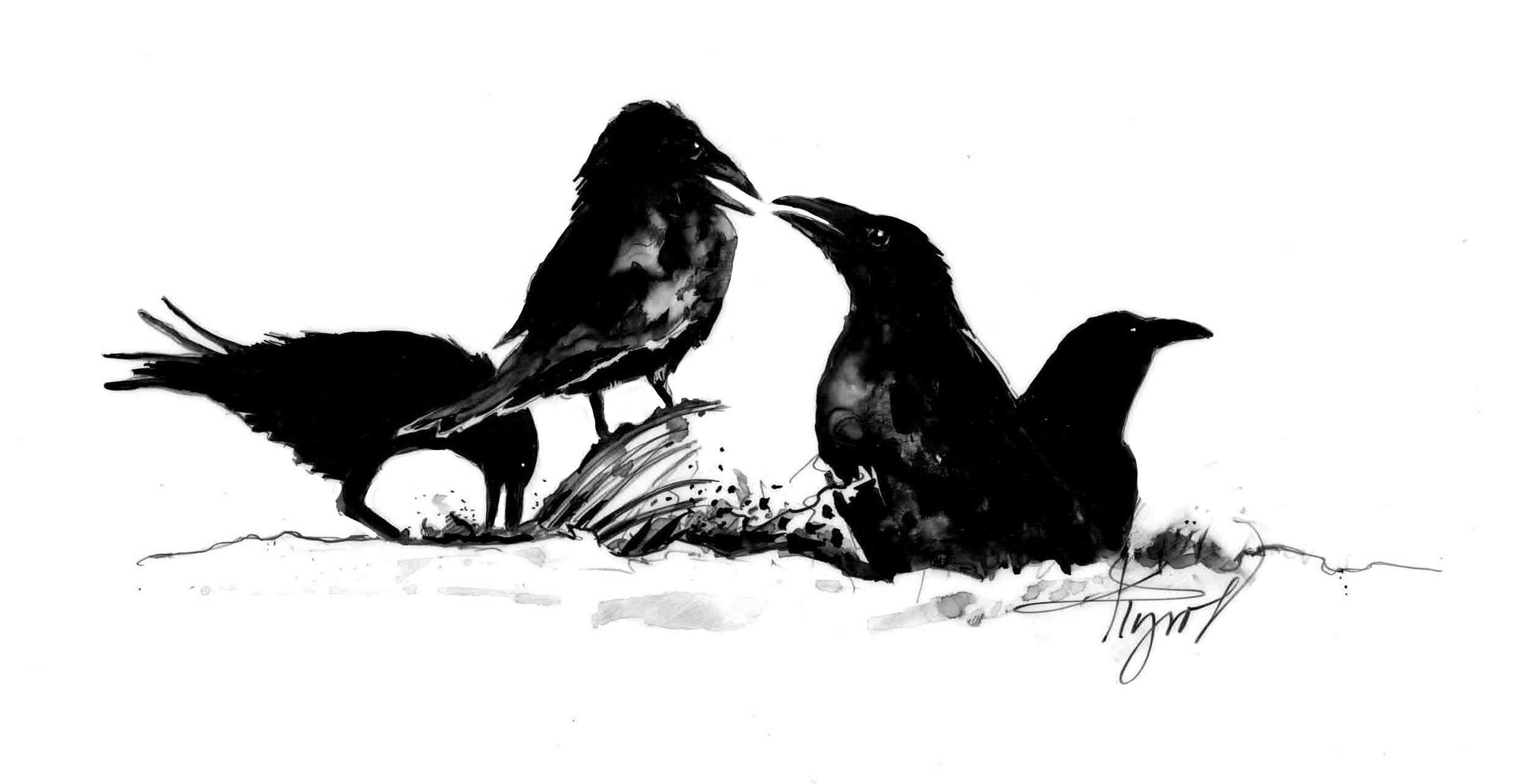
Ravens foraging in winter
It’s a familiar sight in winter: An inky-black raven soaring over a landscape white with snow. Though similar in appearance to the American crow, the common raven (Corvus corax) is distinguished by its large size, fluffy neck feathers, and long, thick beak.
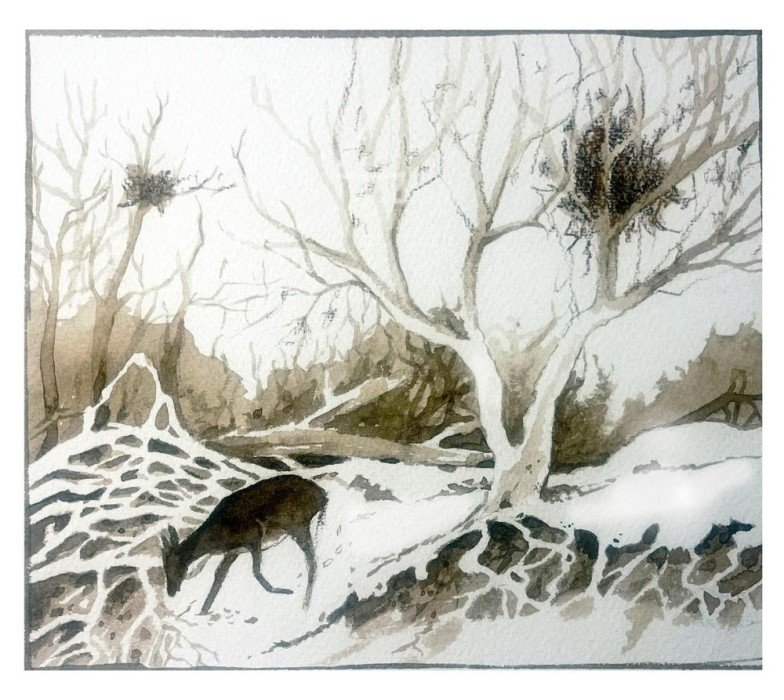
Squirrel dreys are much more than nests
Dreys are shaggy masses of leaves nestled against a tree trunk or cupped in a fork of branches 20 to 40 feet above the ground. Squirrels not only rear their kits in them, but also use them as shelter during many months of the year.
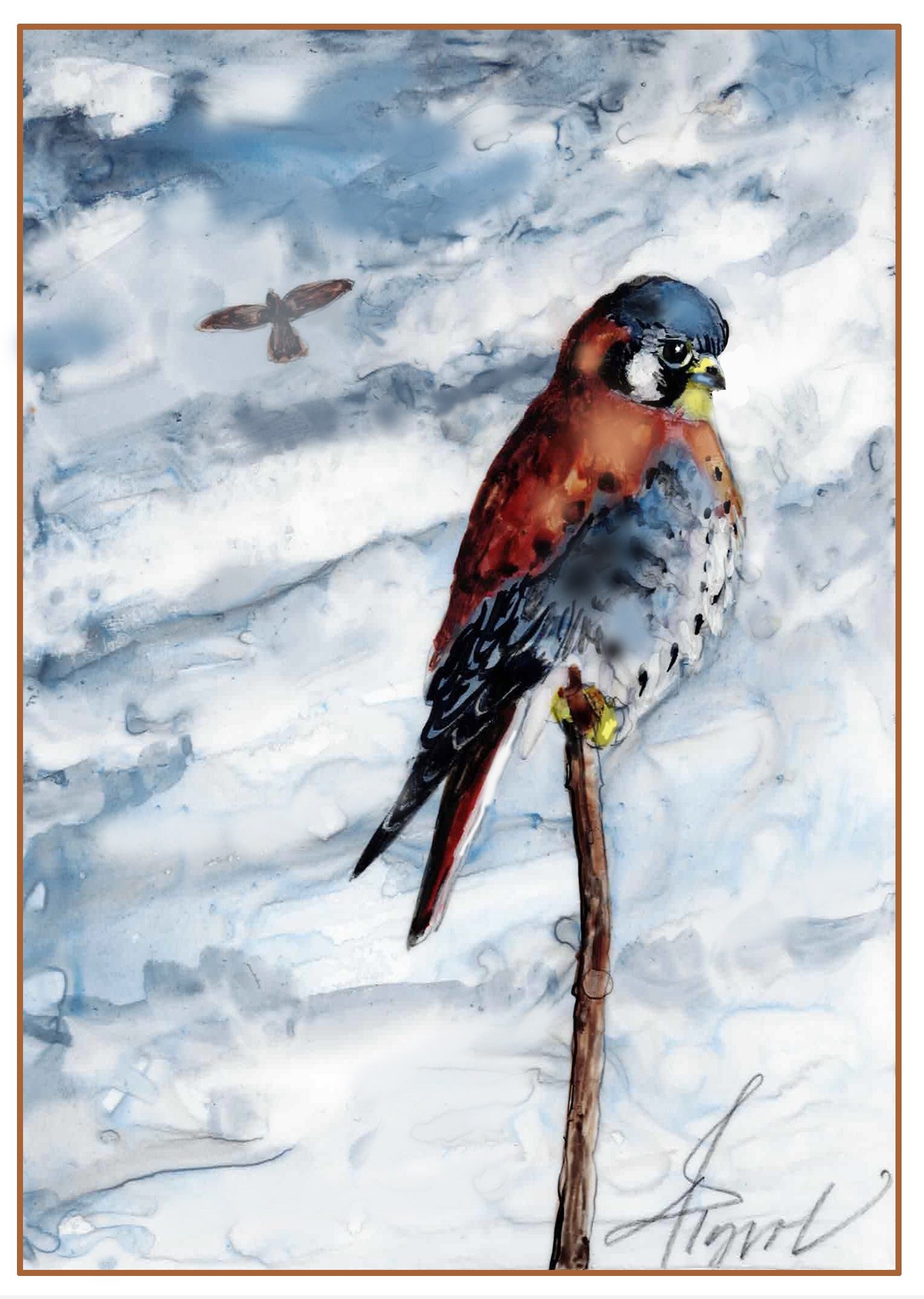
Northeastern hawks soar through winter
Driving on Vermont’s Interstate highways in winter, I often notice large hawks perched in trees on woodland edges at regular intervals along the road. With the stark landscape providing better visibility and many bird species gone for the winter, this is a great time of year to hawk-watch.

Frost quakes: Groans of Old Man Winter
Frost quakes events occur when a rapid drop in air temperatures dramatically decreases the temperature of waterlogged soil, typically after rain or a thaw.

Bohemian waxwings are winter’s intrepid wanderers
While many of our summer songbirds fly south for the winter, for Bohemian waxwings, the Northeast IS south. This species breeds in the open evergreen and mixed forests of areas far to our north: central Alaska, western Canada, Scandinavia, and northern Russia.

Bark helps trees weather winter
One way trees endure winter is through adaptations in their bark. With the deciduous leaves long gone, the winter forest has been laid bare, giving us the perfect conditions to attune ourselves to the strategies of tree bark.

White-footed mice seek a cozy, warm home
During winter, I often hear gnawing and the scurrying of little feet inside the walls of our house. Mice have taken shelter in our old farmhouse again.
